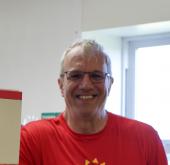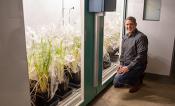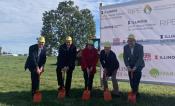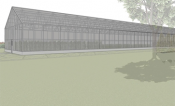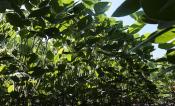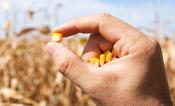Our team is exploring seven opportunities to improve photosynthesis. Each photosynthetic modification is tested in a single genotype of a model crop, tobacco. Tobacco was chosen as the initial test crop solely because it is relatively easy to engineer and work within the laboratory, greenhouse, and field—allowing us to apply the engineering principles of design, test, build until we achieve success. Photosynthesis is highly conserved across plants, meaning any breakthroughs identified in tobacco should be transferrable to important food crops.
Transformations are confirmed, from gene expression to production of the targeted proteins, and then tested in laboratory, greenhouse, and field experiments to ensure each trait's efficacy. Once our team identifies an opportunity to improve photosynthesis and boost crop productivity, we begin the process of translating these successes into staple food crops such as cassava, cowpea, maize, soybean, and rice -- and the process begins again.
Every trait will also undergo a rigorous regulatory approval process to ensure these crops are safe for the environment and consumption. We are committed to providing global access to the farmers and communities who need these technologies most.




